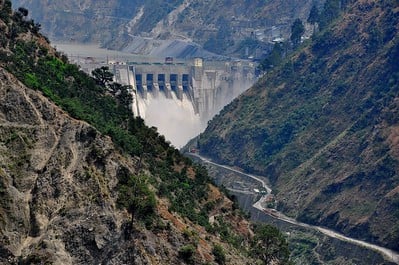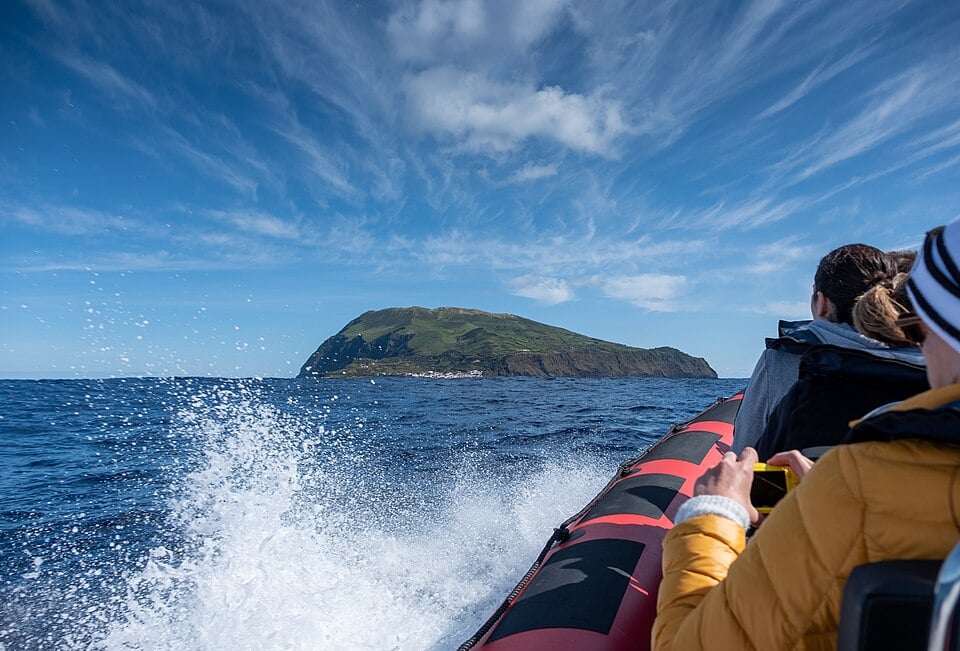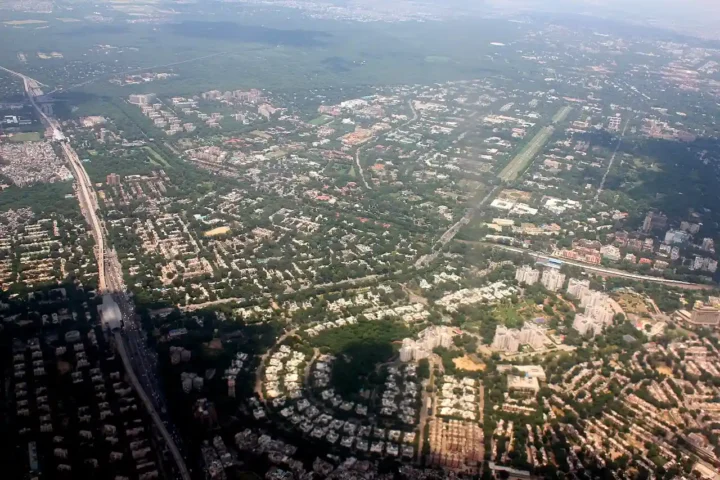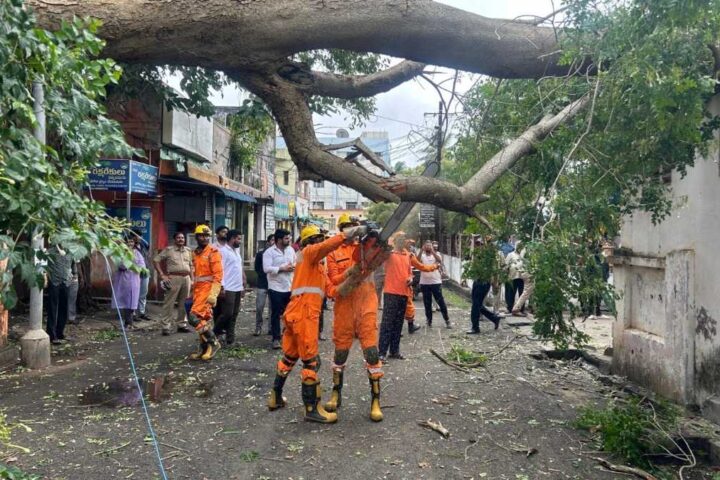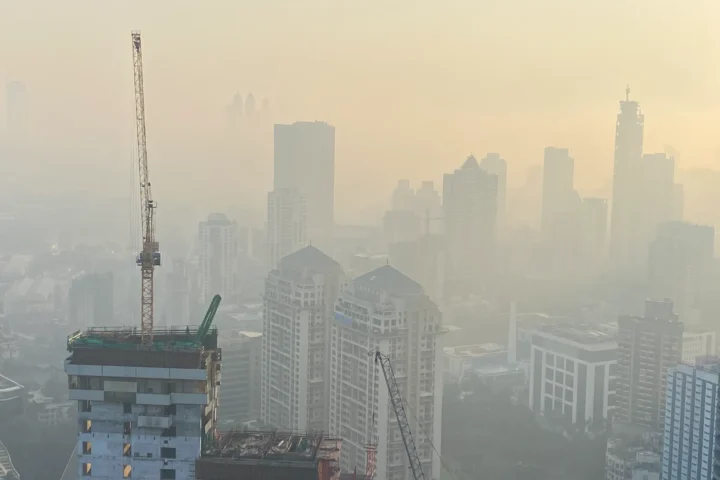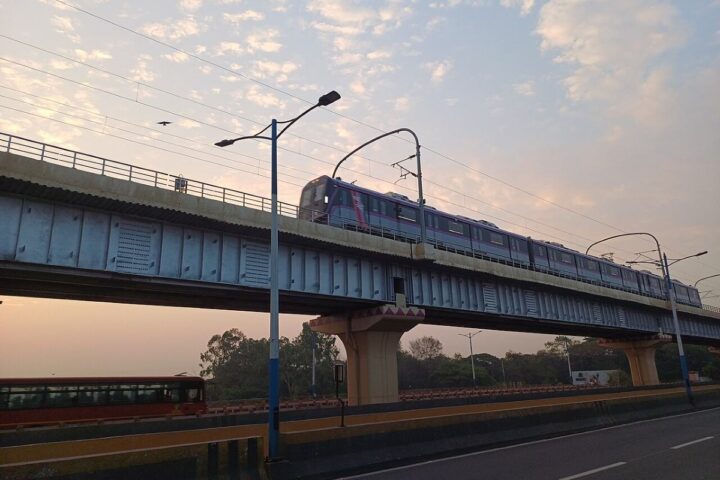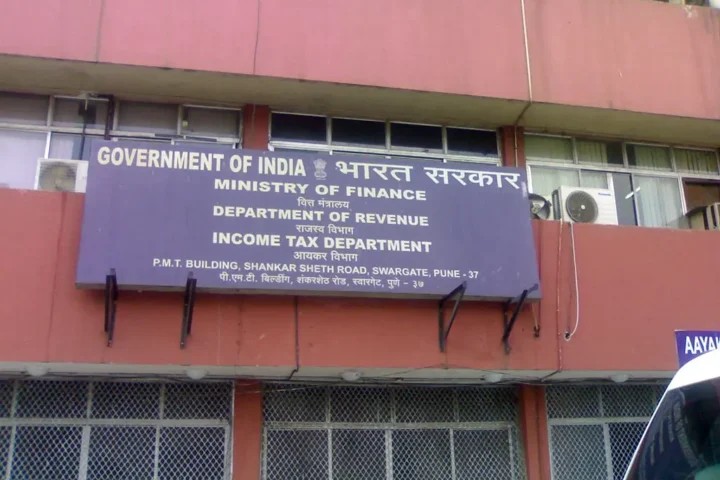India has begun reservoir flushing at two major hydroelectric plants and accelerated six stalled projects following its suspensiIndia has begun reservoir flushing at two major hydroelectric plants and accelerated six stalled projects following its suspension of the 1960 Indus Waters Treaty with Pakistan – actions that carry significant environmental, technical, and geopolitical implications.
India Acts After Treaty Suspension
After suspending the Indus Waters Treaty on April 24, 2025, India initiated sediment‑flushing operations at the 690 MW Salal and 900 MW Baglihar hydroelectric plants from May 1–3. This marks the first such maintenance since their construction in 1987 and 2009 respectively.
High‑level meetings led by Home Minister Amit Shah, and Ministers CR Patil, ML Khattar, and Shivraj Chouhan are convening to fast‑track clearances and explore new projects on the Chenab and Jhelum rivers.
Why Reservoir Flushing Matters
The Salal plant had suffered severe capacity reduction over decades – from an original storage capacity of 284 million cubic meters (MCM) to just 12–13 MCM due to accumulated silt. According to NHPC assessments, Salal faces approximately 30 MCM of sediment inflow annually.
This buildup had dramatically reduced power generation efficiency at both Salal and Baglihar; drawdown flushing aims to restore generation capacity, improve turbine performance, prevent equipment damage, and restore storage capacity.
Six Projects Being Fast‑Tracked
Simultaneously, India is accelerating work on six previously stalled hydroelectric projects in Jammu & Kashmir:
- Sawalkot (1,856 MW)
- Kirthai I & II (1,320 MW combined)
- Pakal Dul (1,000 MW)
- Three additional projects totaling 2,224 MW
Together, these could push J&K’s power generation capacity toward 10,000 MW while enhancing irrigation water availability. High‑level meetings chaired by Home Minister Amit Shah with Ministers CR Patil, ML Khattar, and Shivraj Chouhan are supervising this acceleration.
Environmental Consequences
The sediment flushing process carries significant environmental implications. When reservoirs are drawn down to sluice levels, accumulated silt gets washed downstream, causing:
- Temporary water surges (observed by residents along the Chenab)
- Potential floodplain inundation risks
- Freshwater habitat disruption
- Water quality changes downstream
UNESCO’s guidelines on sediment management recommend careful timing and phased drawdowns to minimize ecological damage.
Climate Change Complication
The water management situation faces another challenge: changing glacial patterns in the Indus basin. Leading glaciologist Anil V. Kulkarni has identified a critical trend: “Glaciers feeding eastern rivers of the Indus basin retreating faster,” creating the “Karakoram anomaly” – where lower‑altitude glaciers melt more rapidly than higher ones, boosting flows until mid‑century before a projected sharp decline thereafter.
Kulkarni recommends a review of the treaty using updated satellite and mass‑balance data to maintain equitable allocation under shifting glacial conditions.
Similar Posts:
Legal Framework Changes
Suspending the treaty removes India’s obligations for six‑month advance notifications, data sharing, site inspections, and design constraints—though domestic environmental and legal clearances still apply. A 2007 neutral expert ruling cleared India to use drawdown flushing at Baglihar to manage silt.
Economic Benefits for India
Restored hydroelectric capacity reduces coal dependence, expands irrigation potential, and improves domestic water supplies—boosting rural livelihoods and food security through enhanced power and water availability.
Pakistan’s Response
Pakistan has reacted strongly, condemning the suspension and pledging legal countermeasures. Farmers in Punjab – who rely on nearly 80 % of their irrigation from the Indus system – warn that “India can starve us” if flows are curtailed.

Water as Strategy
These moves reflect a shift toward using water management as both technical optimization and strategic leverage. Brief dam gate closures, such as at Baglihar, have signalled India’s ability to influence downstream flows without military confrontation.
For residents on both sides, these decisions carry profound implications for energy security, agricultural productivity, and daily life. International experts continue to stress that sustainable transboundary cooperation – built on updated science, clear legal frameworks, and mutual trust – remains essential for long‑term water security throughout the Indus basin.
